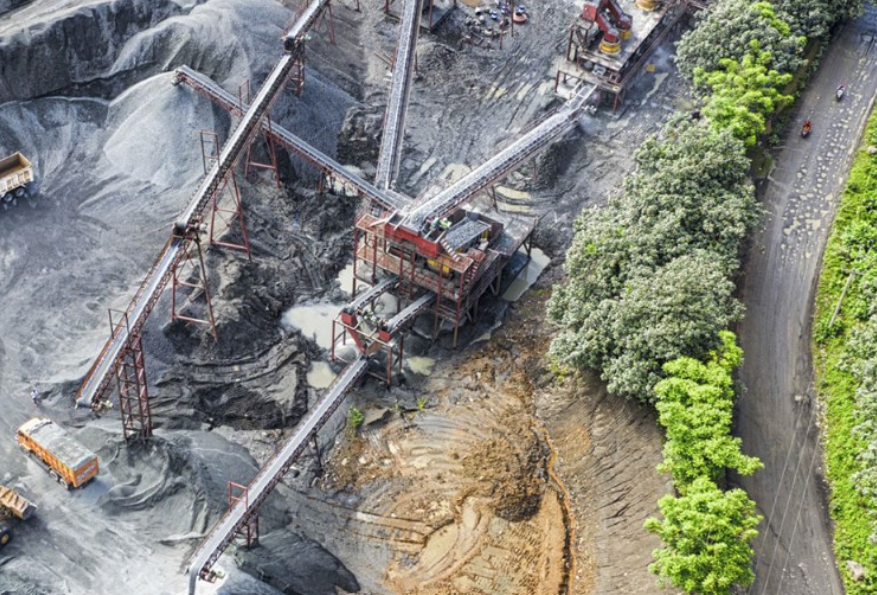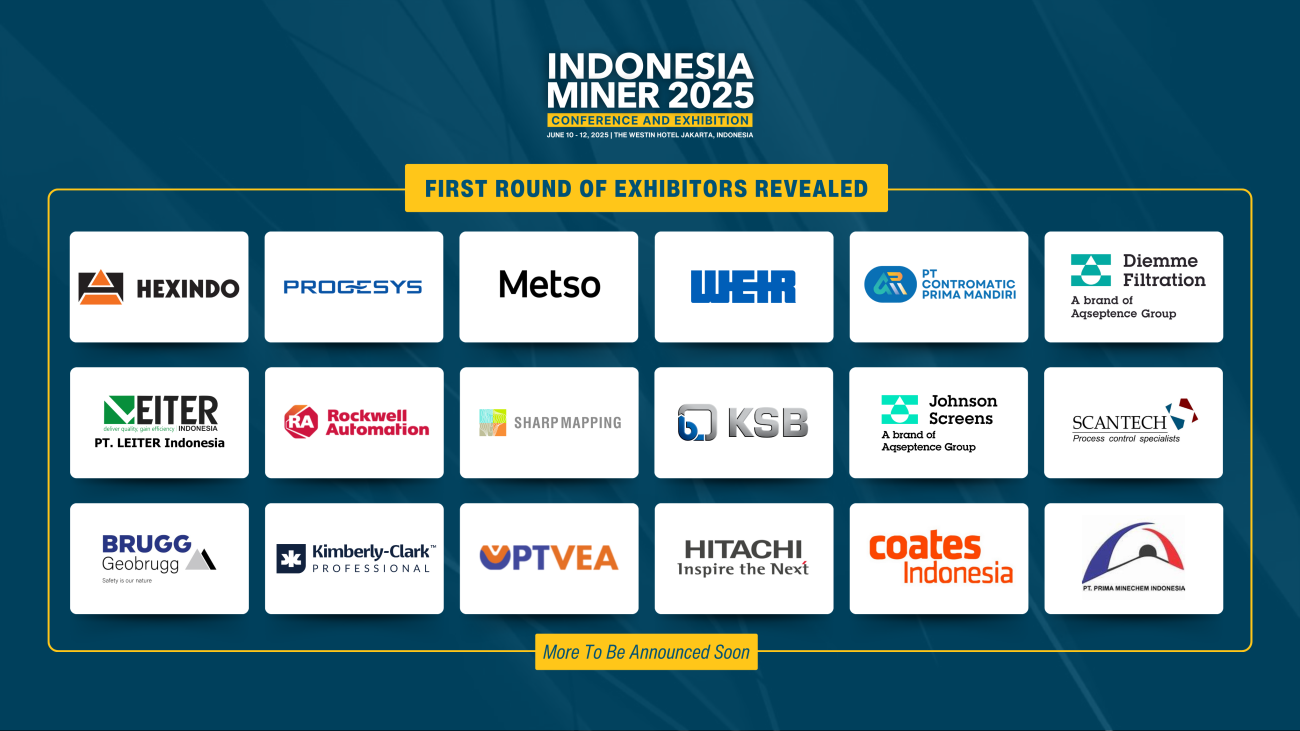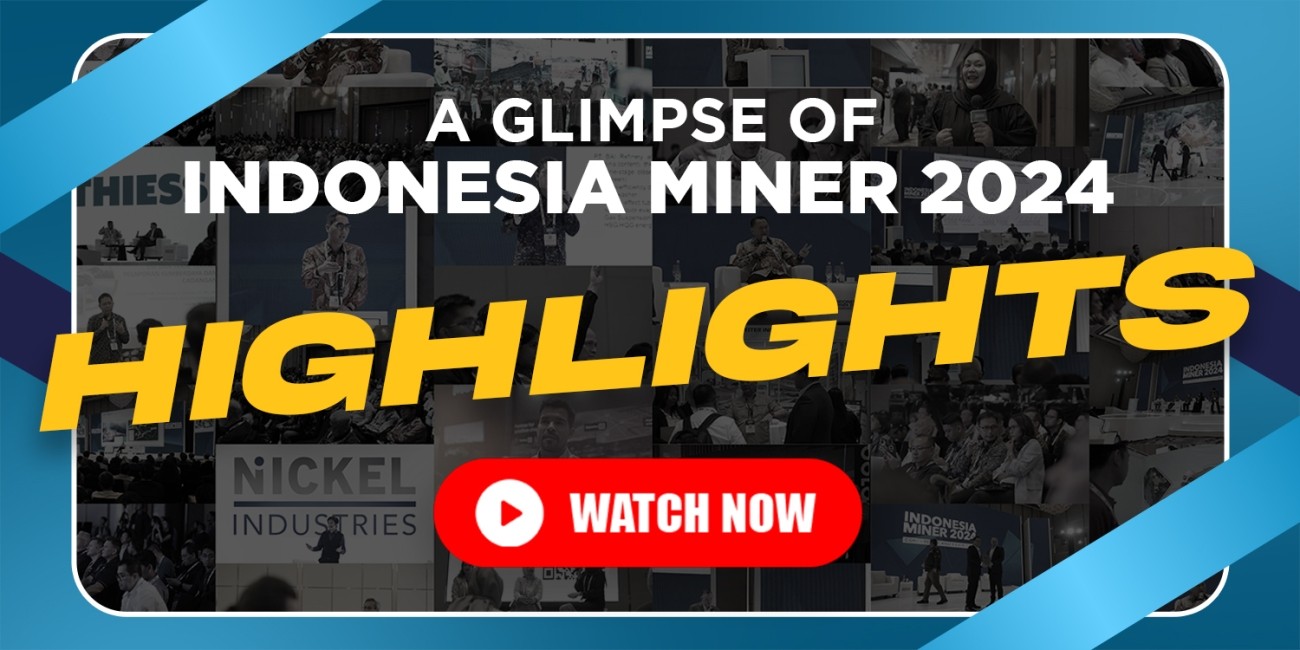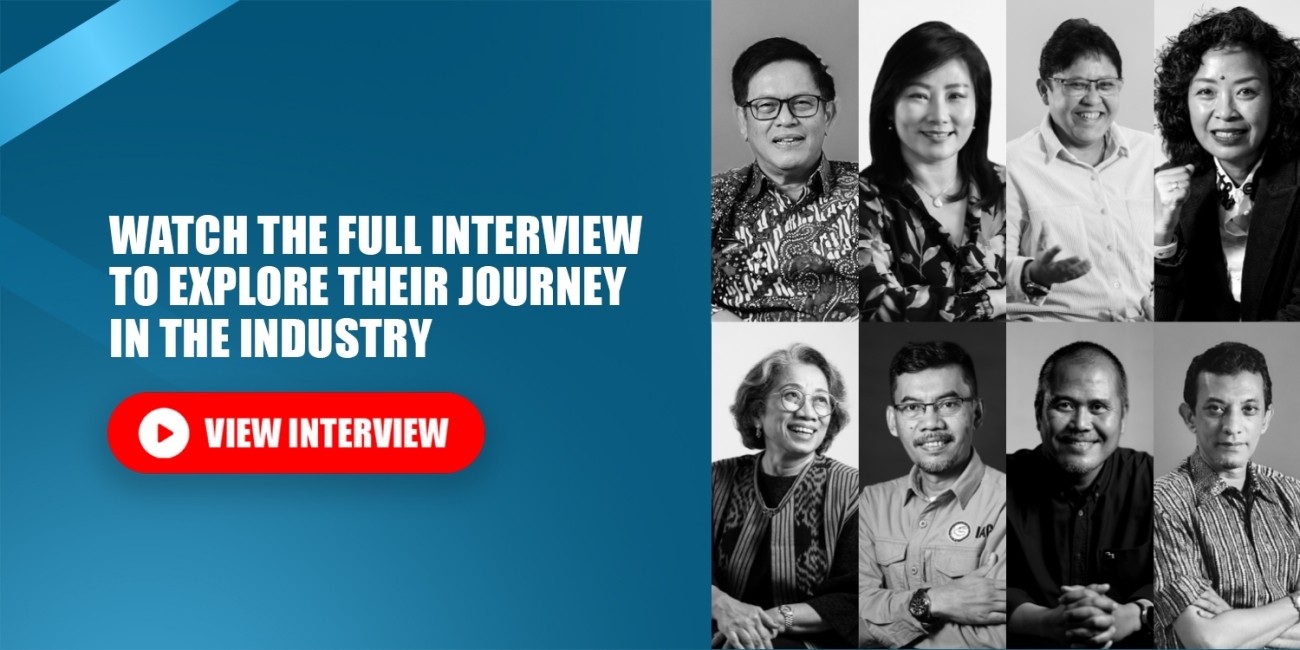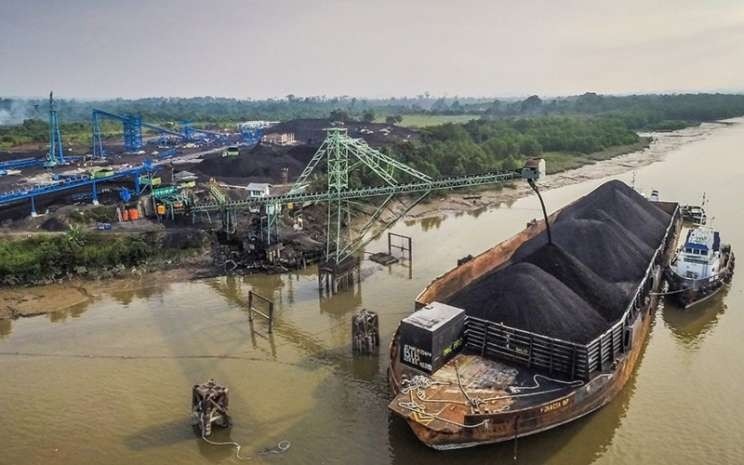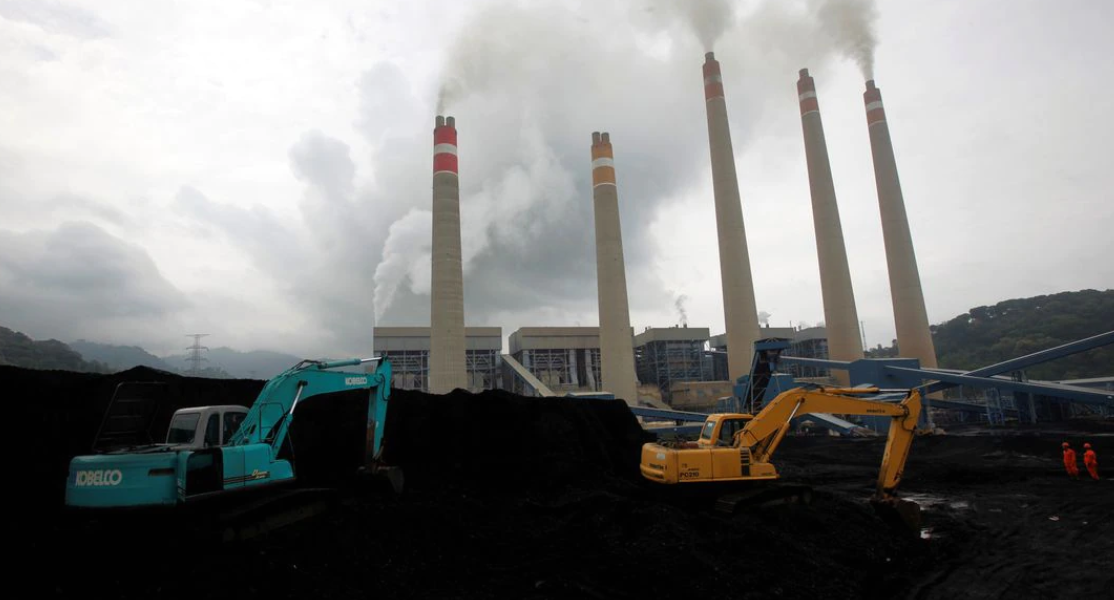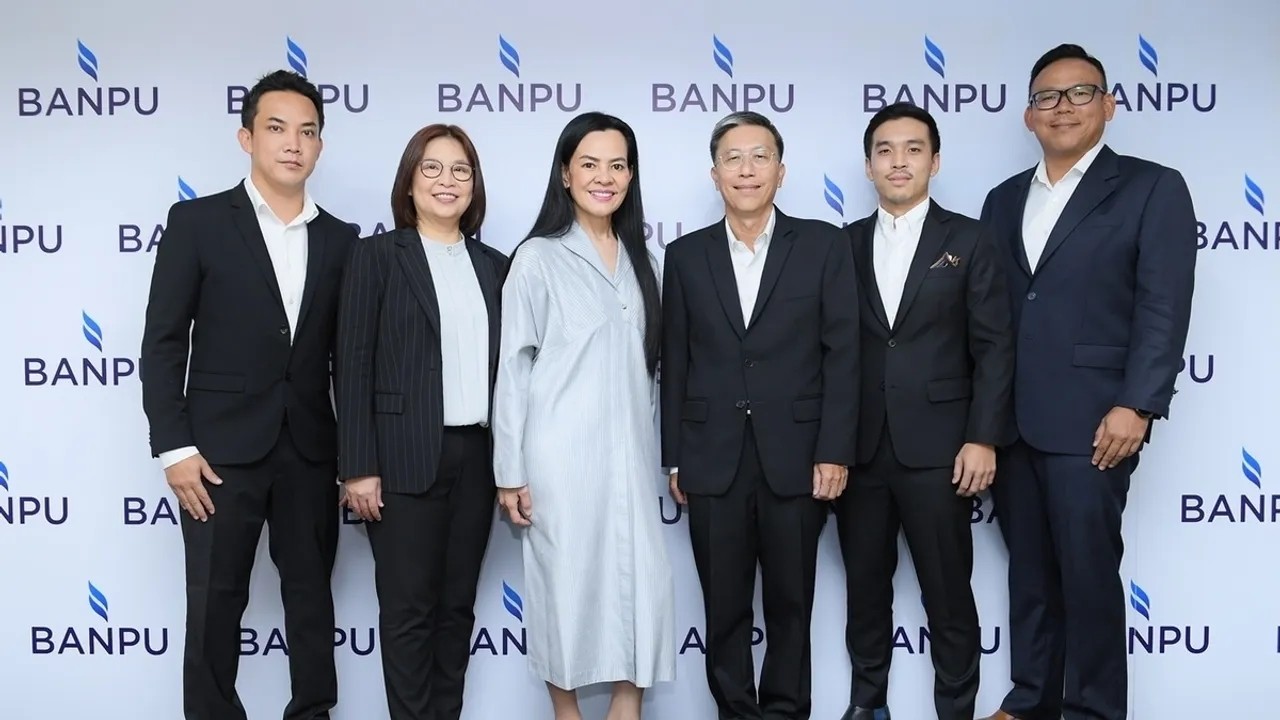Baru Gold Corp (the “Company” or “Baru”) (TSXV:BARU) | (OTC:BARUF) is pleased to provide an update on its continuing community relations efforts on Sangihe Island and the dismissal of a lawsuit filed in Jakarta in August of 2021, against the Ministry of Energy and Mineral Resources (“MEMR”) in Indonesia, in relation to Baru’s subsidiary, PT Tambang Mas Sangihe (“TMS”).
CORPORATE SOCIAL RESPONSIBILITY (CSR) ACTIVITIES FOR 2022-Q1
Education
- Second donation made to SD Inpres Bentung to participate in the next level of Clean School competition
- Provided WiFi to support students on their assignments
- Provided mentoring and internship to a local university geology student
Environment
- Cleaned up landslide across Bentung-Lesabe village access road
- Built embankments at Salurang village with the donation and delivery of 1,000 sandbags
- Provided basic necessities for 24 families effected by the disaster at Santiago, Tahuna
Economy (micro/small/medium enterprises)
- Provided two laptops for the local village office at Subdistrict Tabukan Selatan Tengah
- Continued support of a youth group at Binebase village in fisheries business
- Commitment to support the next generation by establishing a relationship with Indonesian student movement on Sangihe Island
Sport
- Sponsored Tabukan Selatan football team to participate in regional competition
Community
- Donated fire extinguishers to the police station at Tabukan Selatan
Terry Filbert, CEO of Baru Gold, commented, “Baru is committed to ongoing CSR activities and will continue to keep our shareholders informed on a quarterly basis. Baru’s commitment is to both our staff and the community we support through economic, safety and environmental initiatives that include safety equipment for staff that exceed legal requirements, water monitoring, and the procurement of supplies and equipment locally.”
LEGAL UPDATE
On April 20, 2022, a lawsuit filed in Jakarta Administrative Court (“Court”) against the Ministry of Energy and Mineral Resources of the Republic of Indonesia (“MEMR”) was dismissed. While Baru was not named in the lawsuit, the Court granted permission for a representative of Baru to attend the proceedings in support of MEMR, as it relates to the mining permit that was granted to the Company’s 70% owned subsidiary, PT Tambang Mas Sangihe. In addition to the dismissal, the presiding judge ordered the plaintiff to pay the costs of the litigation.
ABOUT SANGIHE GOLD PROJECT
The Sangihe Gold Project (“Sangihe”) is located on the Indonesian island of Sangihe, off the northern coast of Sulawesi. Sangihe has an existing National Instrument 43-101 inferred mineral resource of 114,700 indicated and 105,000 inferred ounces of gold, as reported in the Company's "Independent Technical Report on the Mineral Resource Estimates of the Binebase and Bawone Deposits, Sangihe Project, North Sulawesi, Indonesia" (May 30, 2017). Readers are cautioned that mineral resources that are not mineral reserves do not have demonstrated economic viability. The Company intends to proceed to production without the benefit of first establishing mineral reserves supported by a feasibility study.
The Company's 70-percent interest in the Sangihe-mineral-tenement Contract of Work ("CoW") is held through PT. Tambang Mas Sangihe (“TMS”). The remaining 30-percent interest in TMS is held by three Indonesian corporations. The term of the Sangihe CoW agreement is 30 years upon commencement of the production phase of the project.
Baru has met all the requirements of the Indonesian government and has been granted its environmental permit. The Company has received approval for the upgrade of its licence to advance the Sangihe project to construction and production in 2022.
The Company intends to proceed to production without the benefit of first establishing mineral reserves supported by a feasibility study. The Company cautions readers that the any production decision made by the Company will not be based on a NI 43-101 feasibility study of mineral reserves that demonstrates economic and technical viability and as such, there may be involved increased uncertainty and various technological and economic risks such as the interpretation of drill results; the geology, grade and continuity of mineral deposits; the possibility that future exploration, development or mining results will not be consistent with our expectations; commodity and currency price fluctuation; failure to obtain adequate financing; regulatory, recovery rates, refinery costs, and other relevant conversion factors, permitting and licensing risks; general market and mining exploration risks and production and economic risks related to design and engineering, manufacturing, technological processes and test procedures and the risk that the project's output will not be salable at a price that will cover the project's operating and maintenance costs.
Image source: www.juniorminingnetwork.com
